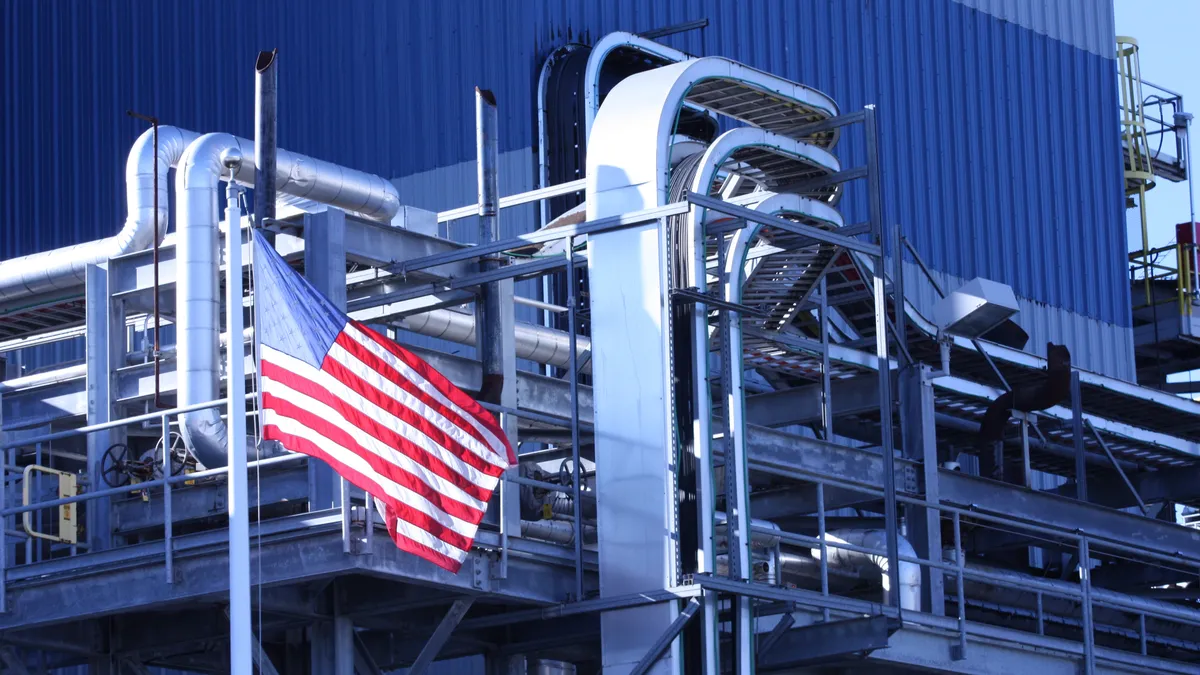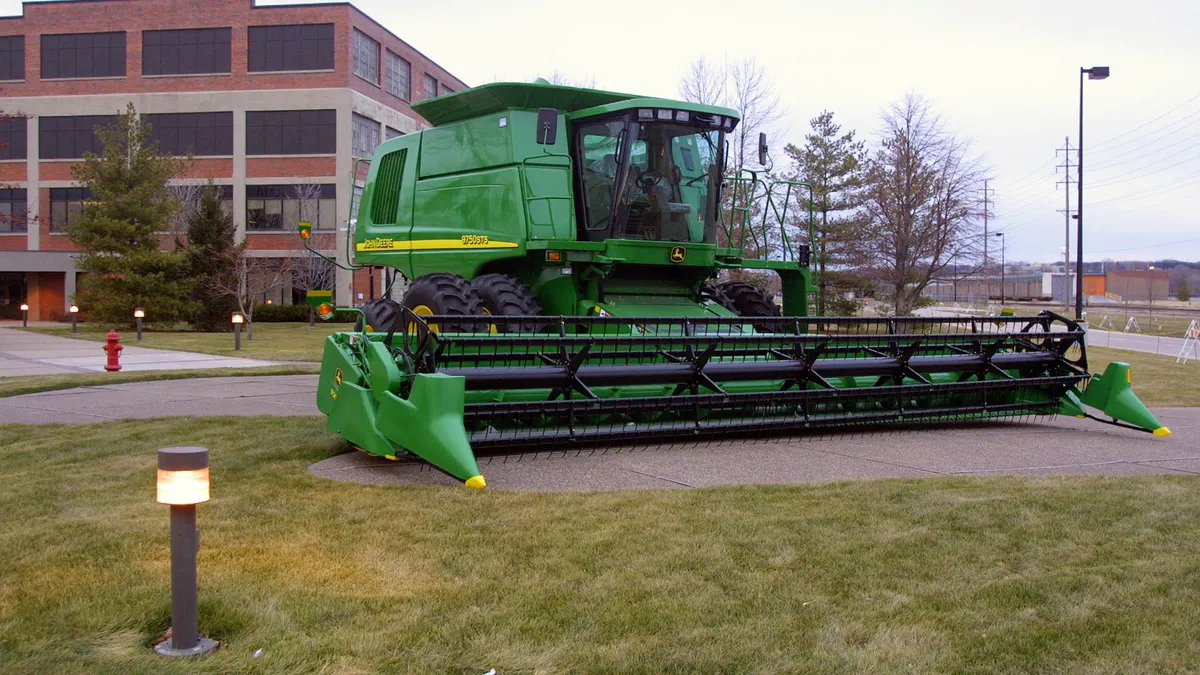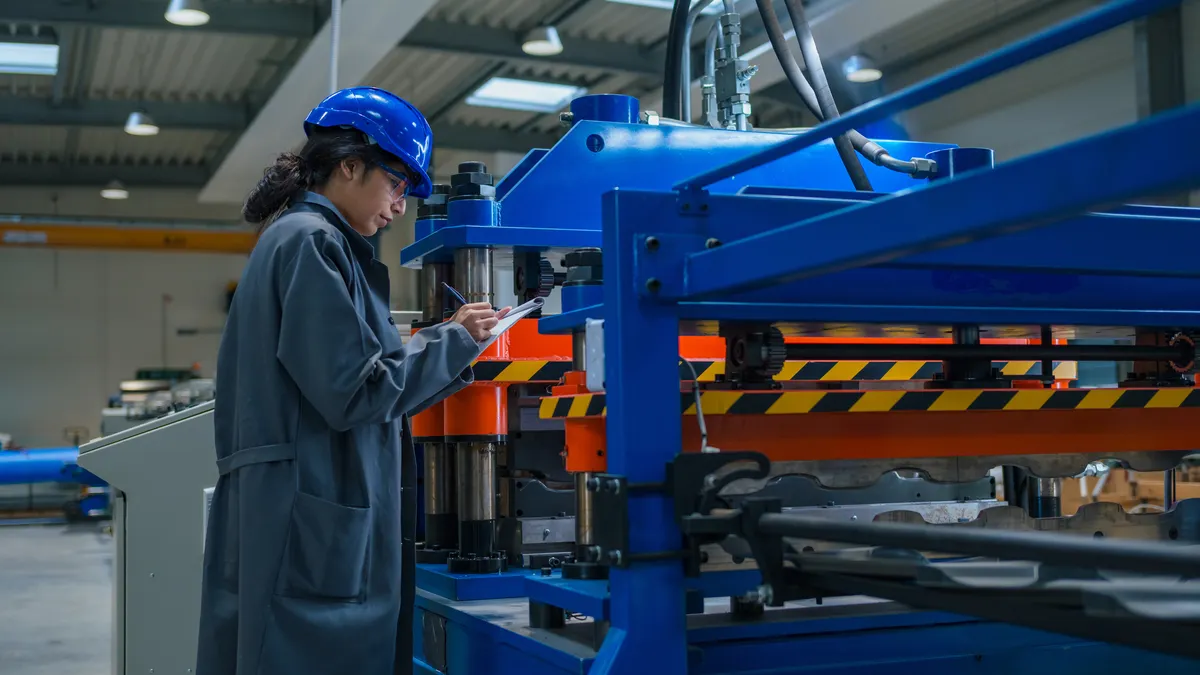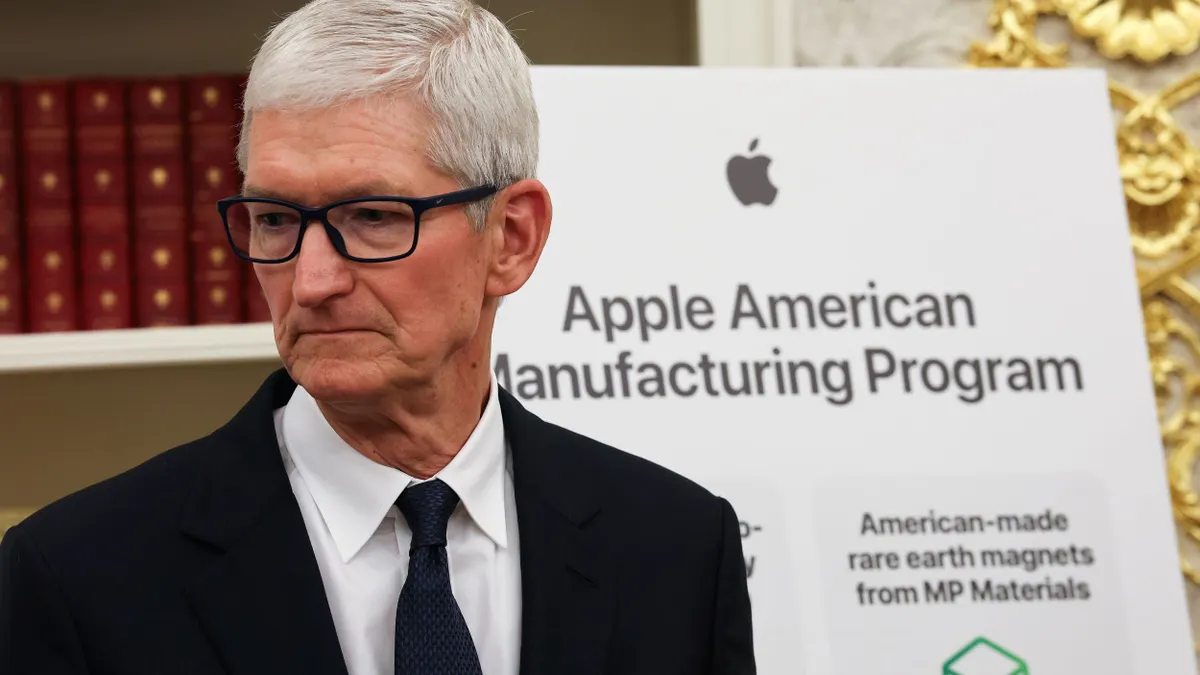Editor's note: This story is the second installment of “For Hire,” a series exploring manufacturing companies' push to attract and retain talent. Have a manufacturing story you want told? Email us at [email protected].
As manufacturers review their recruitment strategies for the new year, many of them are brainstorming around the same issue: how to attract young talent.
In an industry where the median age of workers is 44-years-old, companies are increasingly turning to the next generation in the hopes of solving their labor constraint woes.
Manufacturers, however, face an uphill battle, with workers ages 16 to 24-years-old making up only 8% of the manufacturing workforce in 2021.
In a competitive labor market, Gen Z workers are demanding strong wages, more flexibility and clear upward mobility, pushing companies to adjust their job offerings and opportunities to meet young people where they're at.
"Smart companies are connecting [Gen Z] to a bigger purpose," said Julie Davis, senior director of workforce and industry initiatives at the Association of Equipment Manufacturers. "They are painting the picture of what a career with their company could look like."
Gen Z doesn’t just want a job, they want a career
When trying to attract young workers, one of the biggest hurdles manufacturers face is showing Gen Z recruits the clear career path that awaits them in the industry, said Patrick O'Rahilly, founder of manufacturing recruitment platform Factory Fix.
"I think the biggest thing is you have to sell them on the potential career path and what can come next, versus the actual job that they start in," O'Rahilly said. "Because usually the actual job is not going to be super glamorous or super impactful. Manufacturing is one of those industries where you have a slow growth curve."
Proving to recruits that the company offers upward mobility from the factory floor up to management is key, particularly as manufacturers attempt to compete with the competitive wages at places like Amazon and the scheduling flexibility offered by DoorDash, Uber and others, he added.
"The one place it truly can compete are the career tracks that exist within the industry. There's a pretty clear path to a six-figure career if you can be disciplined about getting better in your trade,” O’Rahilly said. “That's really the thing manufacturers have to lean into more."
“You have to sell them on the potential career path and what can come next . . .Because usually the actual job is not going to be super glamorous or super impactful. Manufacturing is one of those industries where you have a slow growth curve."

Patrick O'Rahilly
Founder, Factory Fix
The earning potential in manufacturing is clear. For example, while the average machinery manufacturing annual wage for assemblers and fabricators, common entry-level positions, is $40,950, among management occupations it's $135,330, according to the Bureau of Labor Statistics.
It's that kind of data that could also help the industry continue to overcome its longstanding perception problem as an industry lacking in competitive salaries or technology.
The pandemic has helped to change that narrative, highlighting the critical and technical nature of manufacturing, according to a 2022 study from Deloitte and The Manufacturing Institute. The study found a 25% increase in the number of respondents who "believe US manufacturing jobs are creative, innovative, and employ problem-solving skills," up from 39% in 2017 to 64% in 2021.
Similarly, the study saw a jump in the number of respondents who were likely to encourage their child or other youth to pursue a career in manufacturing, up to 40% last year from 27% in 2017.
To capitalize on that change, manufacturers also need to provide potential and current young talent with upskilling and reskilling opportunities, Davis said.
"If they have some of that skill base that you're looking for, do you have the capacity to upskill them to the point where they're able to work for you, and if you can't do that internally, are you working with an educational partner that can help create that bridge?" Davis said. "And so it is all about micro learning, and being able to do that gap training."
Creating an ideal environment for young workers
A common priority among Gen Z talent is flexibility in their position, Davis said. Such an ask, particularly when it comes to remote work opportunities, is difficult in an industry that relies on in-person labor on a factory floor.
Despite the challenge, she noted there are many ways employers can approach the issue and offer other forms of flexibility. It starts by asking employees what kinds of flexibility they value.
This could include options such as shift schedules that more carefully match school schedules, additional PTO that workers can use for medical appointments or even a four-day workweek.
"It's really about understanding the needs and goals of your workforce, and then creating something that is the best solution for your workers," she said. "Because let's be honest, flexibility for a workforce that is under 35 and what they would want is going to be very different than your average workforce age being 45 or 50."
In the Deloitte and Manufacturing Institute study, researchers found that surveyed executives were also increasingly offering options such as shit swapping, part-time jobs and shorter contracts.
Finally, Davis noted that when it comes to the working environment, Gen Z employees aren't just looking for a boss, they want a mentor.
"Gen Z expects you to be a coach and mentor, and when you're not, they don't want to work with you," she said. "They're fair question askers. And if you don't have a supervisor over Gen Z that is willing to answer their questions and be in communication with them and be that coach, you're going to lose them.”





















